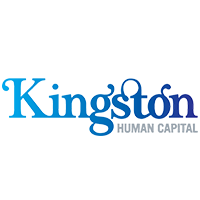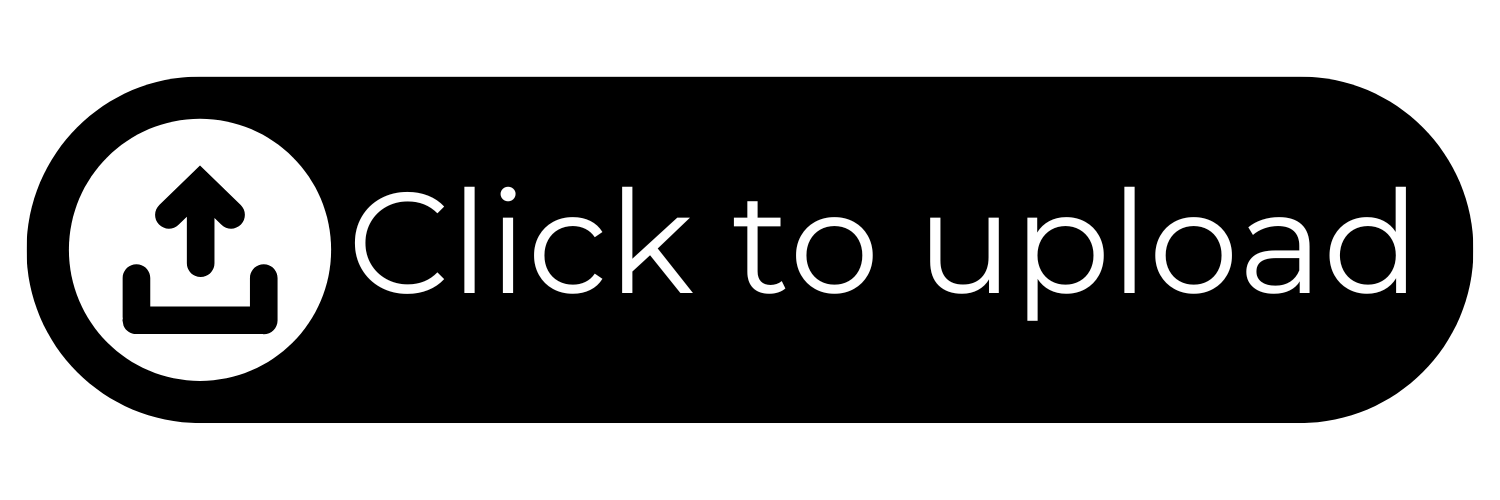The New Look Of Learning & Development in 2019
New Title
According to the research the number one trend for is the need for organisation to change the way people learn.
The need for evolving skills and competencies is occurrent now more than ever, especially as organisation prepare for the future workforce.
In this short video Katie, our Head of Client Services gives five key considerations for organisations for successful learning and development strategies.
Transcription
Today. I'm here to share with you the new look of learning and development in 2019 and beyond. According to a new human capital trend report by Deloitte, the number one trend for 2019 is the need for organisations to change the way people learn, with 86% of respondents citing that it was important or a very important issue for them. Looking into this, it's easy to see why. The need for evolving skills and competencies due to a faster changing nature of work and the shrinking external labor markets. The idea of lifelong learning and learning organisations has never been more pertinent as it is today. Simply having a learning management system or LMS isn't enough. Learning needs to be integrated and personalised.
Here are our five key considerations in developing learning and development programs according to the human capital trends we see today.
Firstly, rethink your L and D tech or the idea of the corporate university. At most companies, the learning management systems are amongst the oldest and most challenging to use. There are a number of tools that have been modernised that deliver a way of curated content, video, on the go mobile learning and micro learning. Businesses in Queensland are taking notice. In fact, the fastest growing segment in HR technology spending is now the adoption of new employee learning systems.
Secondly, think beyond the software and technological delivery. Instil a culture of excitement when it comes to managing your learning budgets. Last year at Kingston Human Capital, we experimented with allocating a personal L and D budget to each team member. It was their choice on what they could spend it on, and this delivered bigger results than we ever could have expected. Our team loved that the decision was theirs, and they were 100% committed. There was two key criteria for this approach. The first was receive the manager's approval, and secondly, the employee must come back and present their learning for the team within the 30 days of completing their training of choice. This creates a positive culture of sharing, but it also encouraged our team members to really think about the value of what they would be learning, but also bringing back for their team.
Another idea is to track learning metrics as KPIs. We place so much emphasis on performance, and rightly so, but more often than not the emphasis isn't on how we're learning and how we can drive performance. For instance, having a binary goal such as 50 hours of trackable learning a year could be derived from a number of learning sources such as L and D systems, self-directed courses to name a couple.
Another source which leads into our next strategies are group learning sessions. This overlaps the previous idea of bringing team members together to share their learnings, and also things like company town hall meetings that are fixed in the calendar. A good idea is to get the team members to vote on lunch and learn sessions that are suggested topics that they think could add value to their roles.
Finally, internal mobility and secondments. There have been circulated stories that Google used to move people around roles every three years. Now, we are not recommending something as drastic as that. However, secondments or dedicated projects are a great way to facilitate real, practical learning whilst contributing to the strategic goals of the company.
If you'd like more information, particularly around learning and development programs as they pertain to your on-boarding strategies for new teams, we'd be happy to help. For more information, you can go to kingstonhumancapital.com.au.








